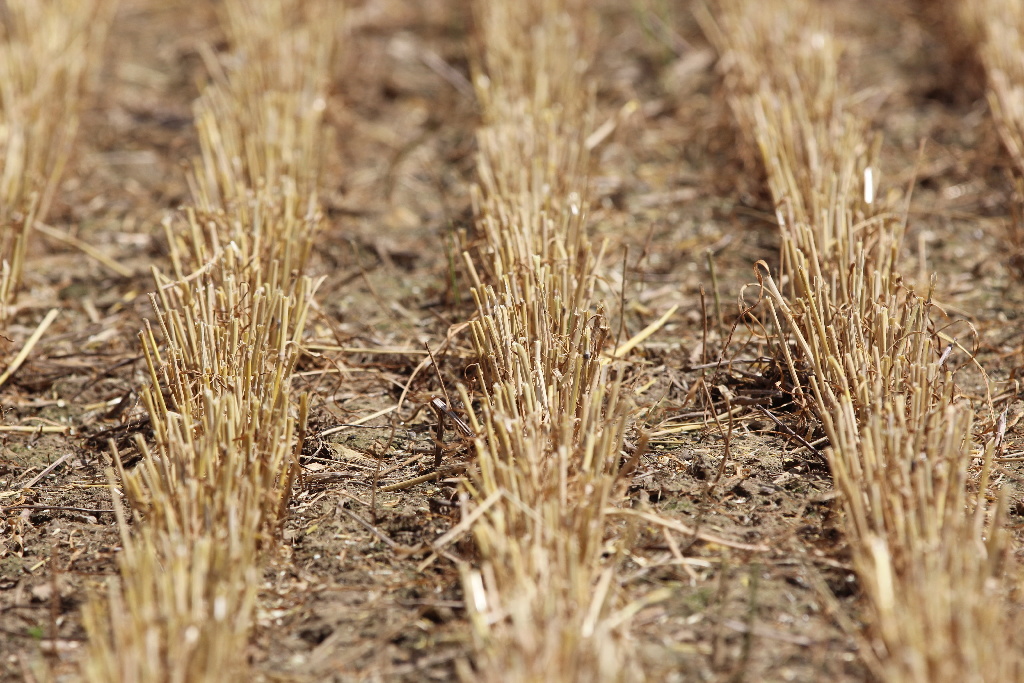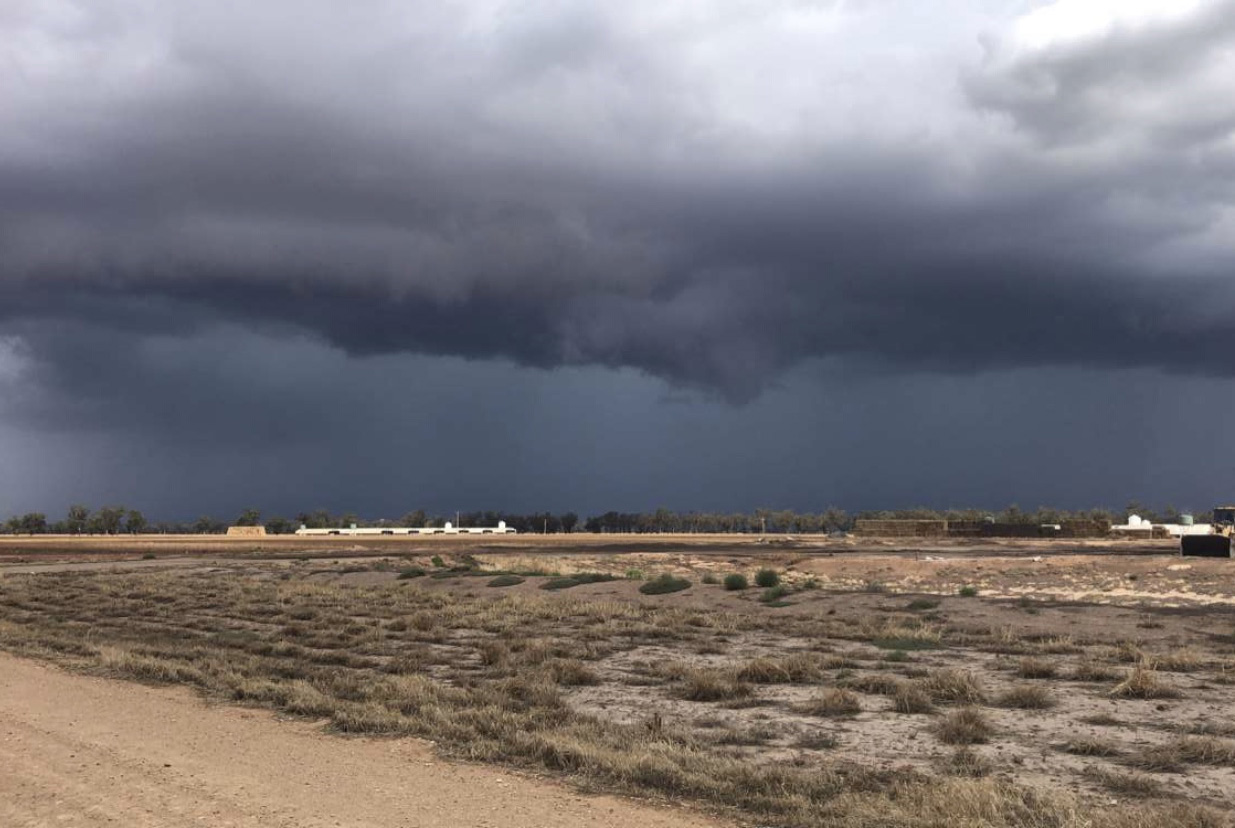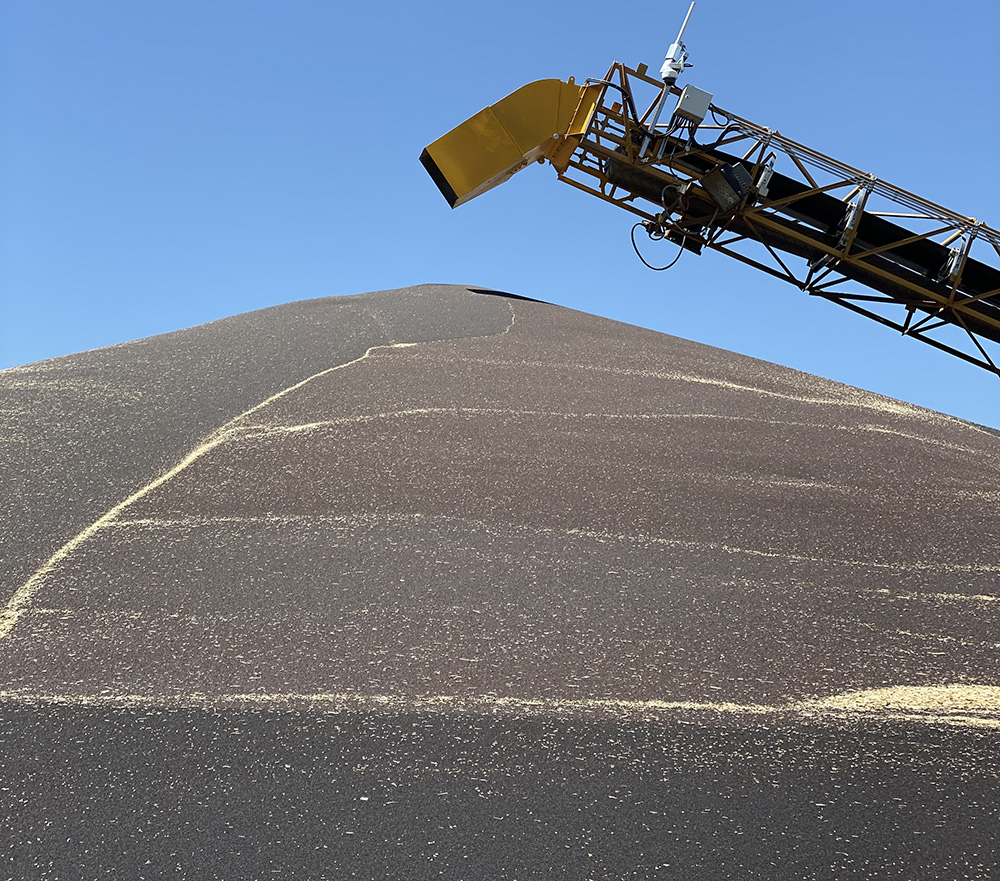Aussie Dollar could be the wildcard for grain growers
Well what a month it has been! A real rollercoaster ride of natural disasters, then came the flooding rains to much of NSW & QLD, and now we are back into the fire with the COVID-19 creating real turmoil in world markets. It would be fair to say that not a country in the world that has not been affected.
With the recent rainfall event, and hopefully more on the way, growers are feeling some real optimism for the upcoming winter cropping season especially in QLD and some areas of Northern NSW. Some talk within the trade is that, providing a sowing rain happens, it could be one of the largest sowings of a winter crop in the north but only time will tell.
As for the markets, wheat has felt the effects of the recent rainfall events. Delivery into the Darling Downs feedlot area currently at $455/mt while barley has taken the biggest hit falling to $370-375/mt to open a $70-$80/mt spread between the two.
While in the Central West and Southern NSW markets, wheat is again maintaining its pricing advantage over barley with delivery into Griffith and Young markets priced at$370-$380/mt while barley is trading in a $325-$335 price range. This is a contradiction to the drought feeding market for barley with sales still achieving a price range for Barley 1 $345-$370 ex farm depending on volume and location while Barley 2 & 3 trading range is a further $40-50/mt lower.
Moving forward to 2020/21, current winter crop pricing for Port Kembla wheat is at $327/mt, a drop of $13/mt since the start of February and most of the price fall has been over the last week even with the help of the falling Australian dollar now trading around US 65c If current forecast rains come and a big winter cereal crop is planted on the East Coast, current domestic demand could fall away due to reduced drought feeding, excess supplies in the south and a consumer more comfortable to sit on the sidelines. A lower dollar will enable Australian wheat to be better priced against competing origins into markets of South East Asia where 75% of our wheat is exported and where we can also leverage the quality that is expected by the consumer.
New crop pricing for barley in Port Kembla has opened up at $275/mt this week which is an outstanding number considering the expected amount of hectares forecasted to go in. You would have to think an exportable surplus will be available if the season permits and if this happens it is well known that the Middle Eastern market likes Australian barley and is prepared to pay a small premium. A lower dollar will make it more tempting it will be for them to lock some in.
The outlook is strong even in the current world financial landscape but to me the most important aspect is follow up rain this week, to hopefully turn around the dry conditions and create more confidence in the grower.
Manage your canola risks to capture upside

You could be forgiven for not considering canola in your rotations this year. Despite the recent rainfall it is still only February and it goes without saying that follow up rain is needed in the coming months to significantly increase confidence.
Read MoreCrop rotations front of mind as welcome rain falls

After the first dry week in a month filled with storms, everyone in the country have been given a chance to take a breath and plan ahead for 2020. It is certainly a different prospect from six weeks ago.
Read MoreWith Rain Comes Optimism

Widespread rain across Queensland and New South Wales over the past 10 days has been more than welcome through the cropping and pastoral regions. Isolated falls of up to 12 inches have been recorded to date with more forecast for the current week.
Read MoreNew VICTORY® Canola Segregation at GrainFlow Charlton

With the increased demand for VICTORY® Canola we have taken the opportunity to widen our VICTORY® footprint by opening a new segregation at Charlton GrainFlow which will provide growers in Central Victoria the ability to deliver VICTORY® Canola locally.
Read More